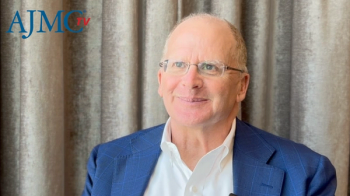
|Videos|September 26, 2018
Oncology Stakeholders Summit, Summer 2018
Advertisement
Newsletter
Stay ahead of policy, cost, and value—subscribe to AJMC for expert insights at the intersection of clinical care and health economics.
Advertisement
Latest CME
Advertisement
Advertisement
Trending on AJMC
1
Withdrawal of Aid Could Cause Millions of Lives Lost to HIV
2
FDA Approves Second Generic Mifepristone Pill for Abortion
3
Maternal, Child Mortality Higher in the US Compared With Majority of High-Income Countries
4
Recent FDA Approvals Expand Dermatology Options for Patients With Skin of Color
5

















































